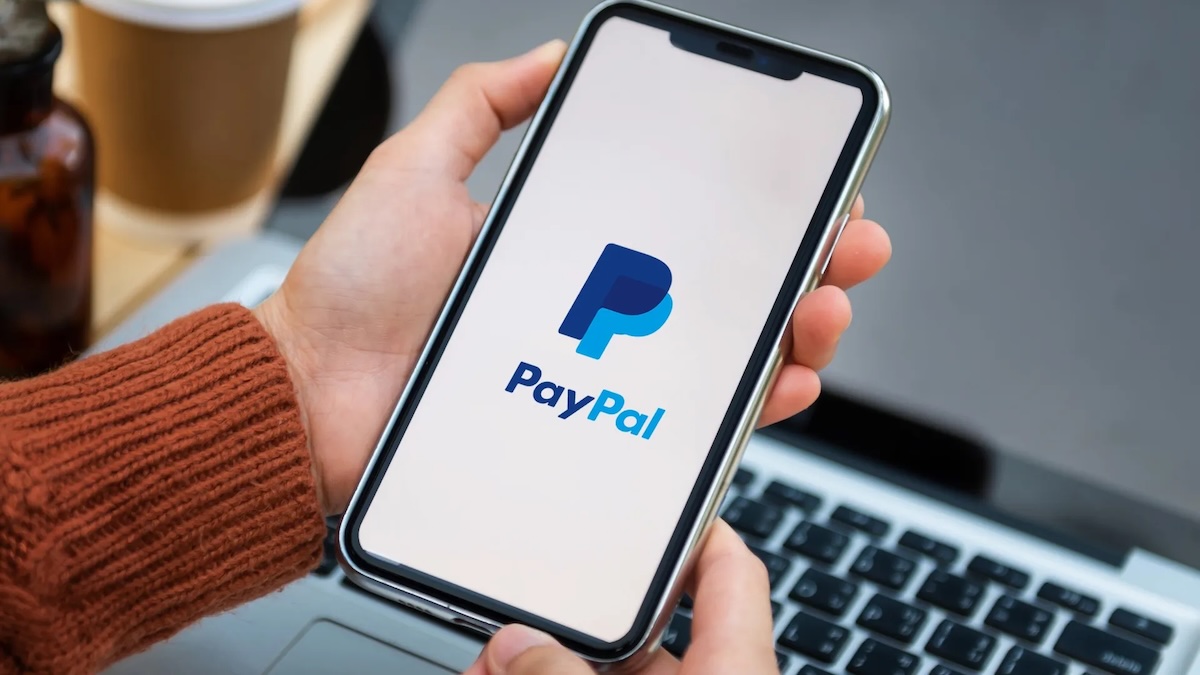PayPal withdraw problems? You’re not alone

If you’ve tried withdrawing funds from PayPal today, you may have encountered delays or outright failure in transferring money to your debit card or bank account. The PayPal withdraw problems appear linked to alarming reports of a large-scale data breach.
This week, a well-known hacker forum published a database allegedly containing credentials for 15.8 million PayPal users. What makes the claim especially concerning is that the data reportedly includes user email addresses and passwords in plain text — a scenario that represents one of the most severe security risks.
Hackers allege that the data was stolen in May 2025. PayPal, however, has denied any new security breach, instead pointing to a much smaller incident from 2022 in which about 35,000 accounts were compromised. The company’s explanation has done little to reassure customers, with critics highlighting the glaring gap between the two numbers — tens of thousands in 2022 versus nearly 16 million now. Such a discrepancy, combined with vague messaging, has sparked widespread frustration over PayPal’s lack of transparency.
Adding to the confusion, cybersecurity researchers note that the database was being sold earlier this month for as little as $2 — unusually cheap for freshly stolen data. This suggests the information may not have originated from a direct attack on PayPal’s servers. Instead, experts suspect the trove was amassed over time via infostealer malware, which harvests credentials from infected user devices. While this theory may align with PayPal’s defense, it still leaves unanswered questions about the staggering number of exposed accounts.
For affected users, the technical debate over whether the breach happened three months ago or three years ago is largely irrelevant. The harsh reality is that millions of PayPal email addresses and passwords are now publicly available, heightening the risk of credential-stuffing attacks, identity theft, and financial fraud.
Security experts recommend urgent action:
-
Change your PayPal password immediately.
-
If you’ve reused the same password on other services, update it there as well.
-
Use a password manager to generate unique, complex credentials.
-
Enable multi-factor authentication (MFA) for an added layer of protection.
Although PayPal has quietly restricted many user fund transfers in the wake of the reports, the company continues to deny any link to the alleged hack. Adding PayPal withdraw problems to user frustration, PayPal has yet to issue a clear, detailed statement on its official website or social media channels. For a platform entrusted with billions in global transactions, the silence is proving almost as damaging as the breach itself.




